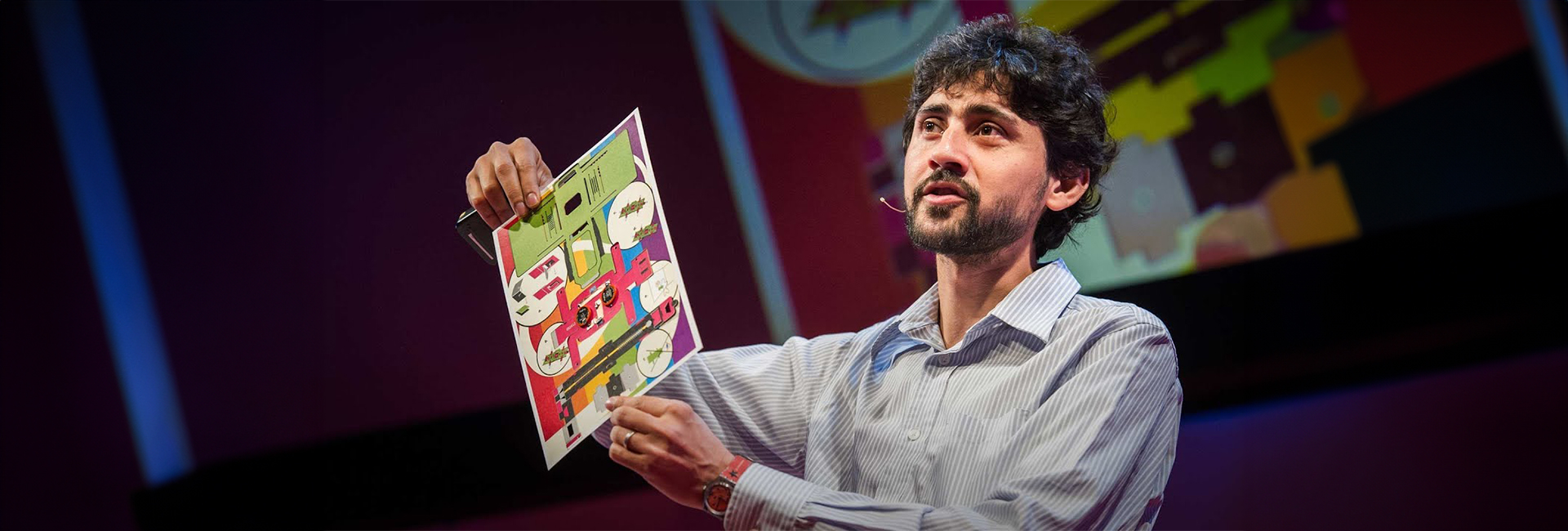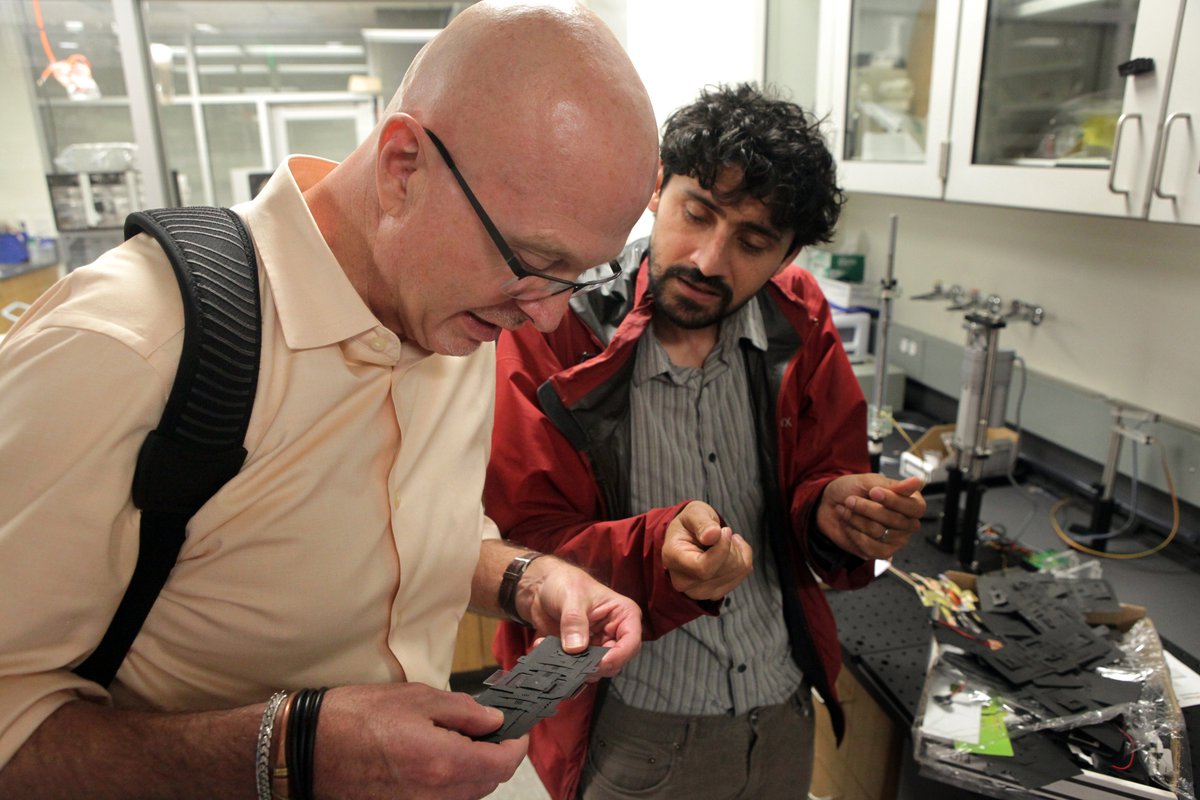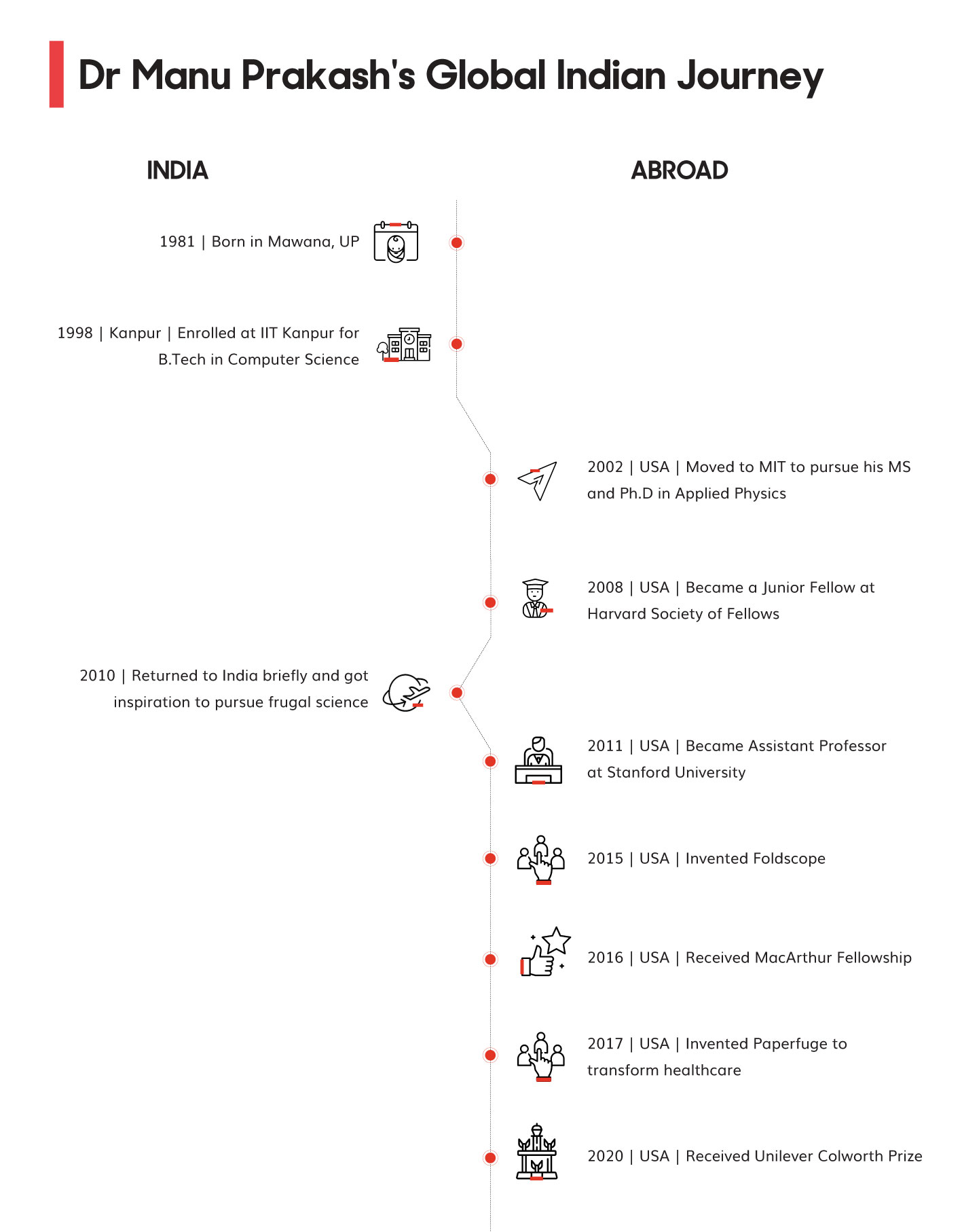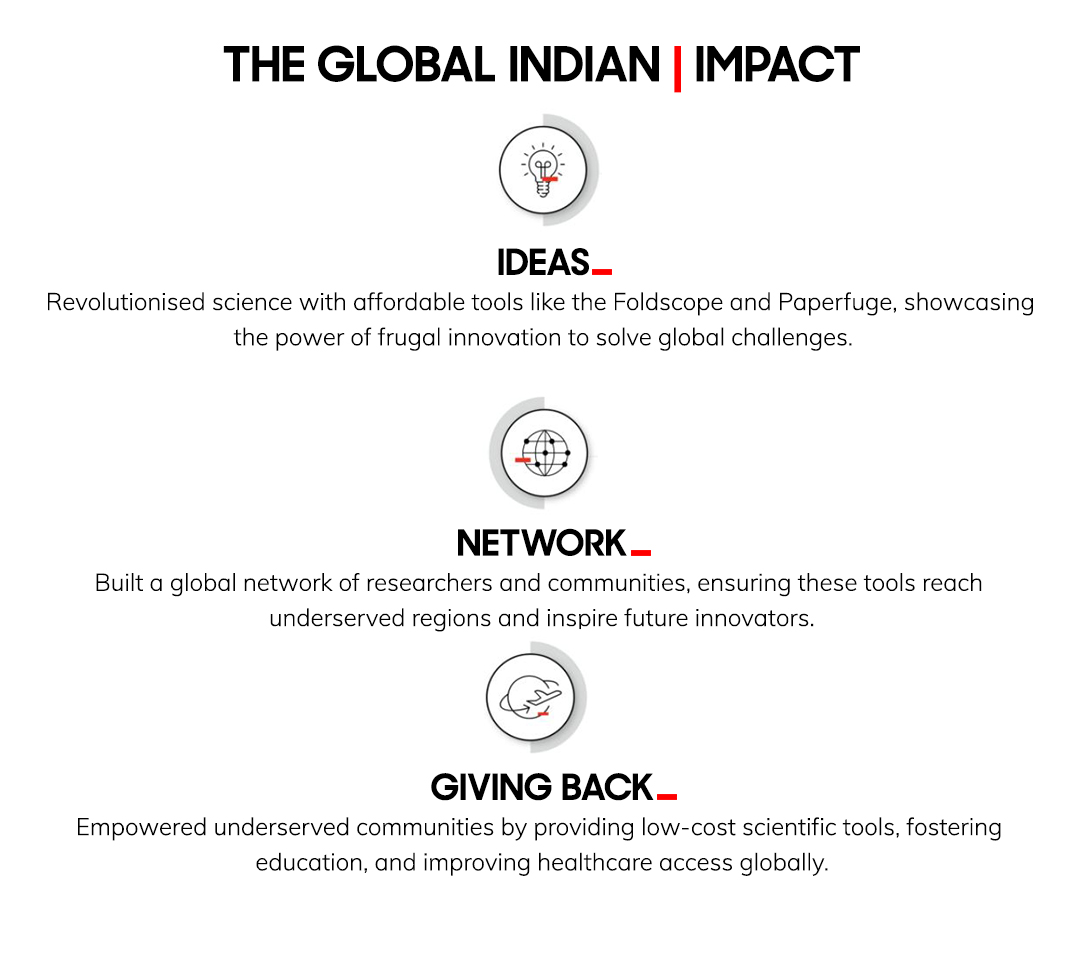(June 4, 2023) In a world where the weight of crises threatens to drain the vibrancy from our existence, it is a somber thought to imagine a world devoid of colour. From the pressing issues of hunger to the disheartening disparities of abundance, humanity stands at a crossroads. But amidst this bleak panorama, one interdisciplinary artist has emerged as a beacon of hope, weaving hues of optimism through her artistic tapestry. For the past 23 years, UK-based artist Revati Sharma Singh has tirelessly traversed the creative realms between London and India.
“My paintings are very layered, just like people are,” the artist explained during a recent interview, adding, “Often one wouldn’t notice slow, covert changes in the weather, just like one wouldn’t pay heed to the internal workings of the mind of a stranger. In a way, then, adding layers only unpeels my art’s subject.”

The Global Indian has been a consistent participant in prestigious art events such as the LAPADA Fair, Saatchi’s Start Art Fair, the Affordable Art Fair in London and Singapore, the Masterpieces Art Fair in London, Art Monaco, and the Venice Biennale, where she has received two invitations to showcase her work. “Layers of surfaces give meaning to the depth of understanding and emotion below. Nothing is ever in a vacuum and nothing is ever truly lost. Even if it can no longer be seen, it is right there under the surface. My works are made up of these layers. Sometimes many layers that you only catch a glimpse of how the work started and how it evolved.”
Enchanted by nature
Growing up in Mumbai, Revati would never leave any chance to visit her grandparents, who lived in a scenic village in Himachal Pradesh. It was here that the young artist first fell in love with nature’s beauty and later incorporated that into her art. “My work finds its verse in memories of my days at my grandmother’s tea estate, nestled between the mountains in a tiny village called Darang, in Kangra, Himachal Pradesh,” she mentions on her website, adding, “It is my spiritual home that renders my aesthetic. One of the most important concepts ingrained in me from my wandering days in the hills is that of freedom. Freedom from dogma and religion, freedom from closed-mindedness, freedom to choose my influences, and freedom from fitting in.”
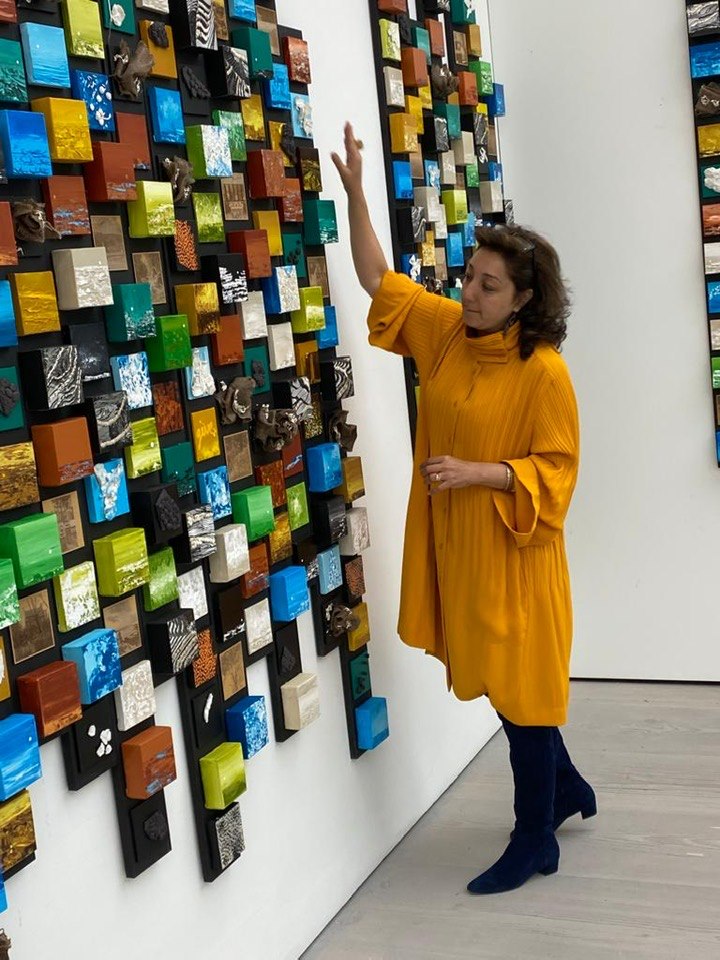
But, while she loved colours since she was a young kid, Revati was introduced to pottery as a teenager, and in her words she was “hooked for life”. Revati said, “My love affair with the pottery first began when I was 14. That summer, I lived with and learned from the great potters, Mini and Mary in an artist village called Andretta in Himachal. I spent hours turning the wheel with my foot and creating little pieces of magic from the earth. The rest of my time I spent walking around the fields on my own.”
An artistic inspiration
After earning a Bachelor of Fine Arts (BFA) degree from Delhi College of Art the artist shifted to Singapore, which proved to be a turning point. Venturing beyond the borders of India for the first time, she immersed herself in the vibrant city, tirelessly exploring its art galleries. It was during this period that she developed a deep admiration for the works of Affandi, the renowned Indonesian impressionist master, who would later become a profound influence on her paintings. “I admire Affendi, an old Singaporean Master. I love his work and his style of painting. I relate to his work a lot and am very inspired by him,” Revati shared.
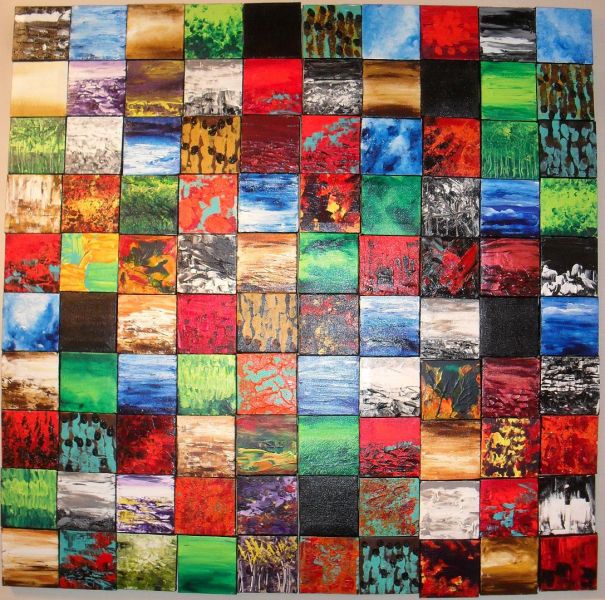
Revati’s artwork, “Fleeting Glimpses in Delhi”
Interestingly, it was also during her stay in Singapore that Revati experienced the triumph of her inaugural exhibition, held at the esteemed Raffles Hotel. Reflecting on this achievement, the artist recalled a profound realisation that her art held the power to make a positive impact. Inspired by this revelation, Revati initiated a heartfelt gesture of philanthropy by donating a portion of the proceeds from each of her sold paintings to charitable organizations based in Indian cities. This philanthropic practice remains an integral part of her artistic journey, with notable contributions made to the annual charity auctions organized by the Magic Bus Foundation.
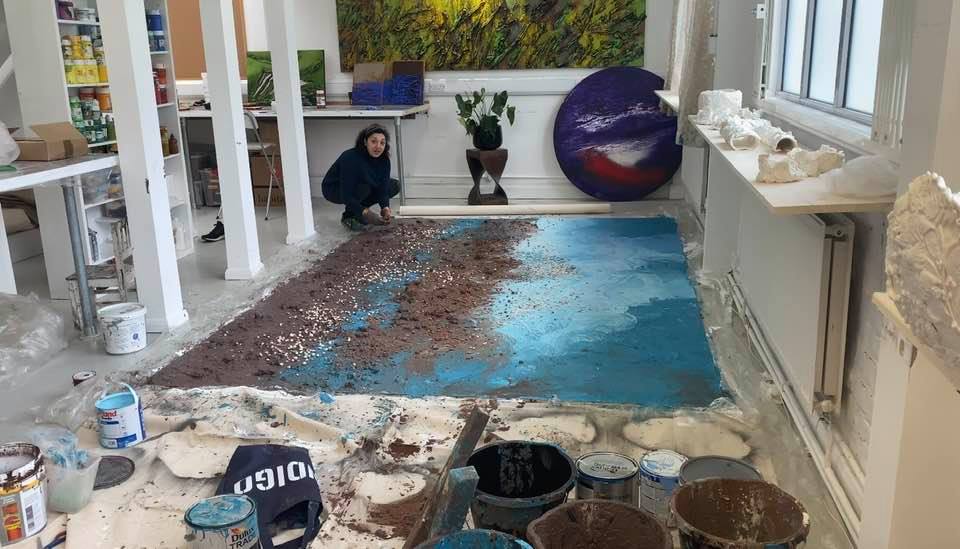
Revati is working on several pieces for various international art festivals
Revati eventually moved back to Mumbai and the return to her homeland sparked a transformation within her artistic expression, taking on a newfound and distinctly political dimension. Moving to the trendy Mumbai suburb of Bandra in 2007 provided Revati with a renewed perspective on the city, allowing her to embark on what she considers a pivotal phase in the evolution of her artistic expression. “I can still recall the moments when I would gaze out from my sea-facing apartment, completely captivated by the juxtaposition before me. I could see the shimmering high-rise apartments of the privileged alongside the sprawling slums below. This stark and powerful contrast became a pivotal moment of realisation for me, as it dawned on me that my art possessed the extraordinary potential to illuminate the urgent challenges that plague India’s densely populated and struggling society,” the artist expressed.
The broader picture
In 2011, Revati was invited to exhibit at the Art Monaco fair, which she did with Running on Faith, an installation featuring a life-size cycle rickshaw. In the work, the artist turned her focus more directly toward the religious context of modern India, targeting the concepts of faith and karma as manifested in an overweight, gold-coloured passenger being pulled along by an emaciated, grey-blue rickshaw driver – the latter’s thin body covered in tiny artworks of Hindu icons.
A couple of years later the artist shifted base to the United Kingdom, and 2015’s Italia Docet | Laboratorium marked Revati’s first appearance at the Venice Biennale, with two multimedia installations drawing on the work of renowned Indian philosophers Rabindranath Tagore, Sri Ramakrishna and Swami Vivekananda. While her art is brilliant, one of the most interesting things about Revati is that she makes her own colours. “I use natural pigments and glues to make my colours. Stunning lapis lazuli and beautiful malachite, earthy raw sienna, and brilliant yellow – it’s the essence of my being.”
In 2019, Revati exhibited her sculptural works, Grains of Antiquity with Art and Soul, casting grains in varied materials and stitched together to form maps of countries, cutouts, and drawings are placed over each other using rice paper forming various planes of visual decoupages. Currently, working on several pieces for various international festivals, the artist wishes to use her art for the common good of humanity.
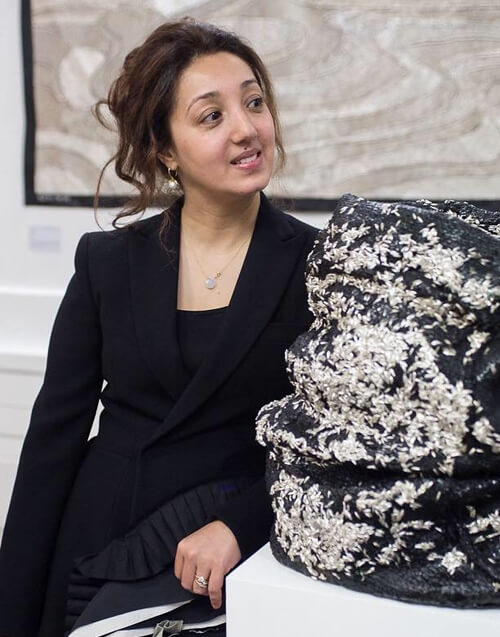
“I have a strong desire to be ethical in the implementation of my work, to not succumb to what is expected but to be courageous and have the integrity to do what I believe in,” she expressed, adding, “I found my path in the language of grains, the language of food, the language of hunger and that of abundance, it’s the language we all speak despite our differences in race, colour, class or religion. It is these differences that make life colourful.”

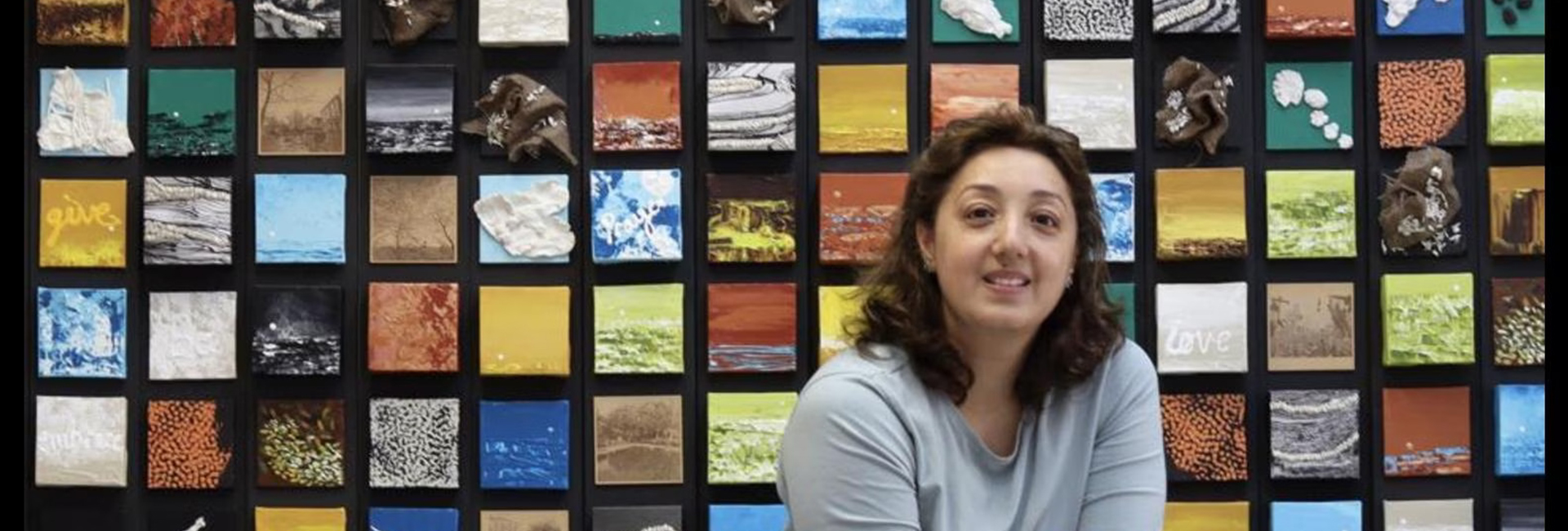
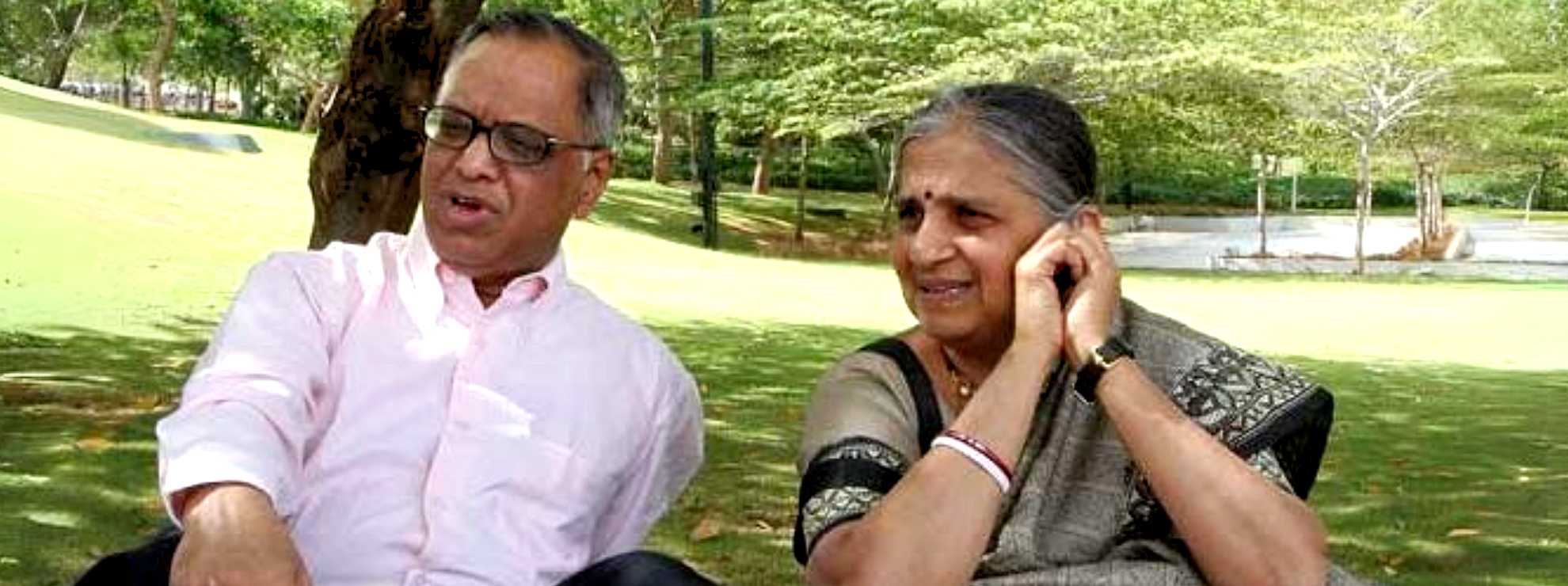

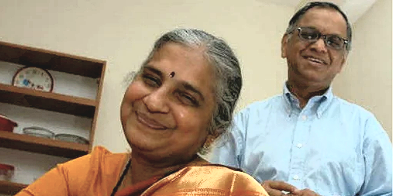
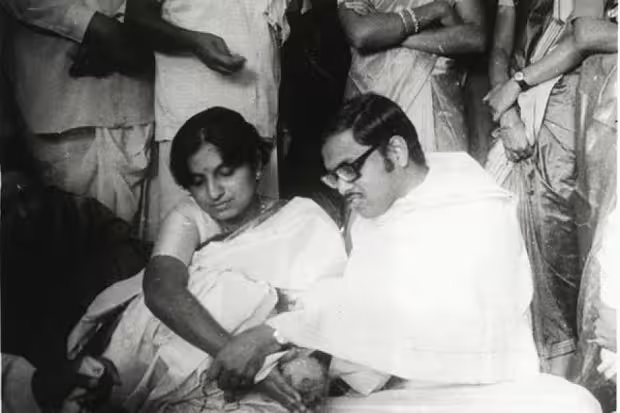 Sudha and Narayana Murthy[/caption]
Sudha and Narayana Murthy[/caption]
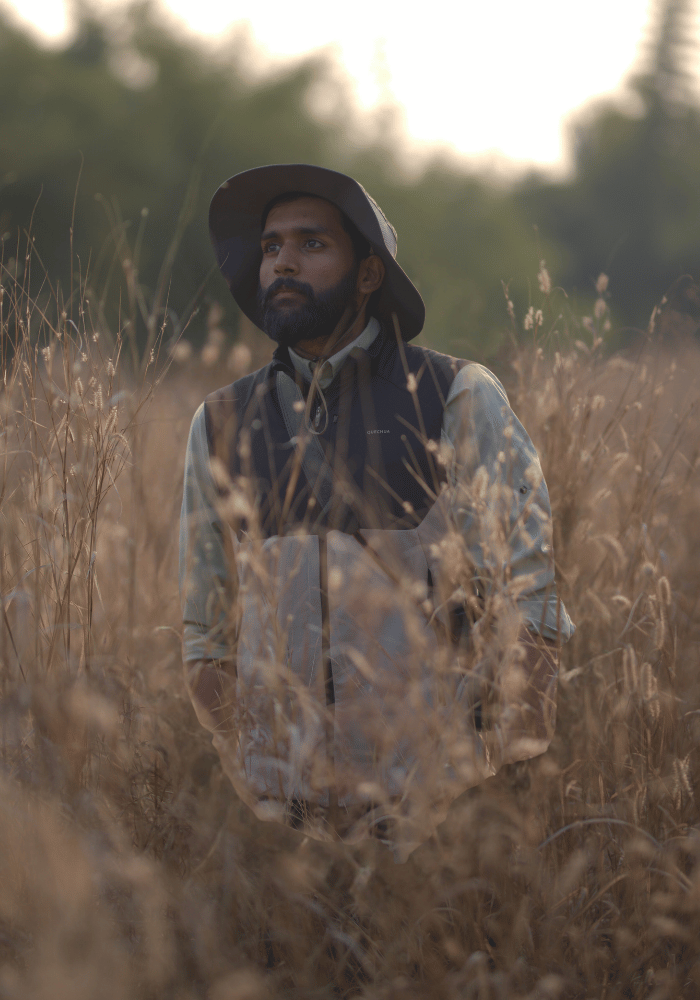 Rajeev Alluri[/caption]
Rajeev Alluri[/caption]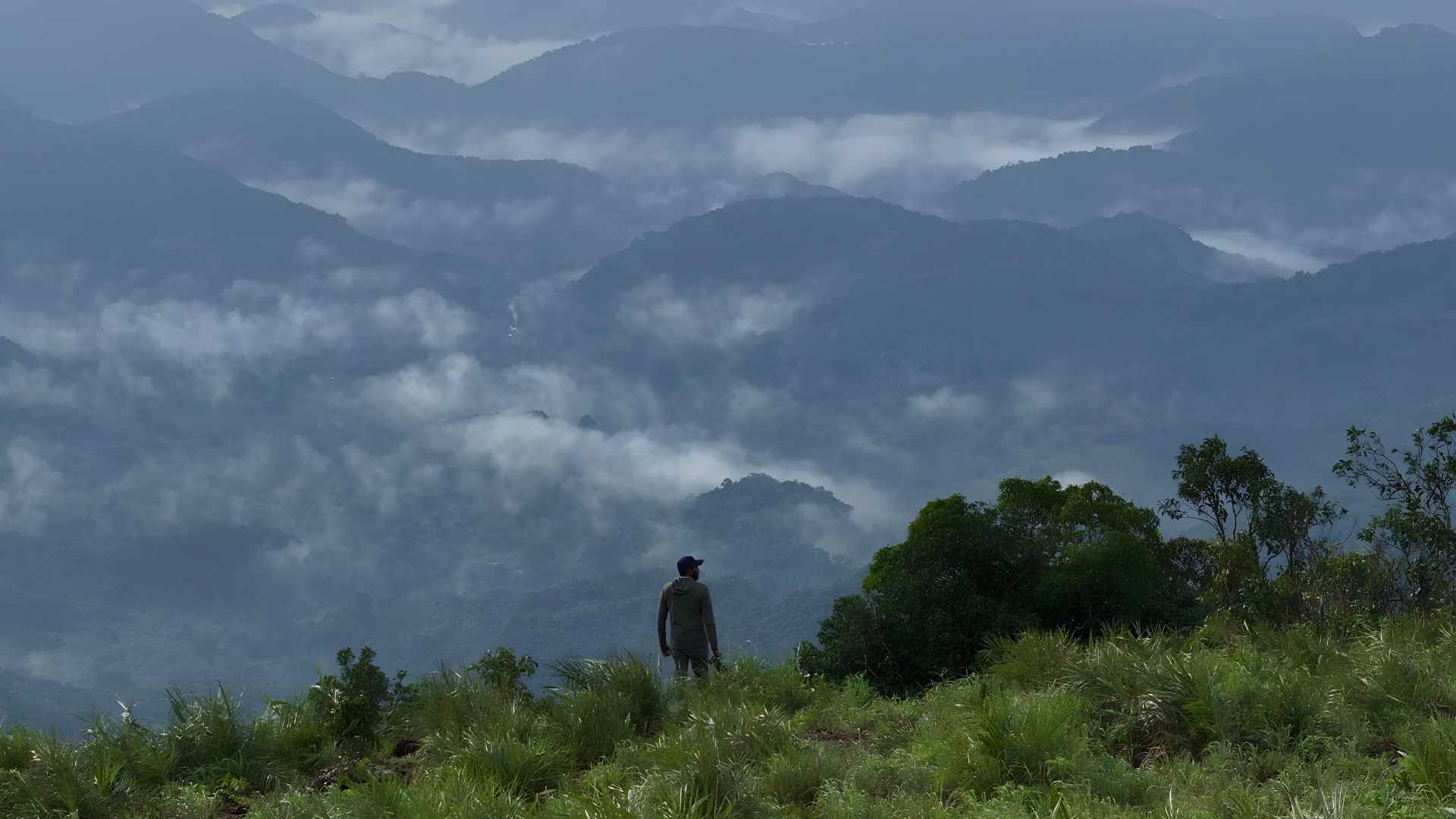

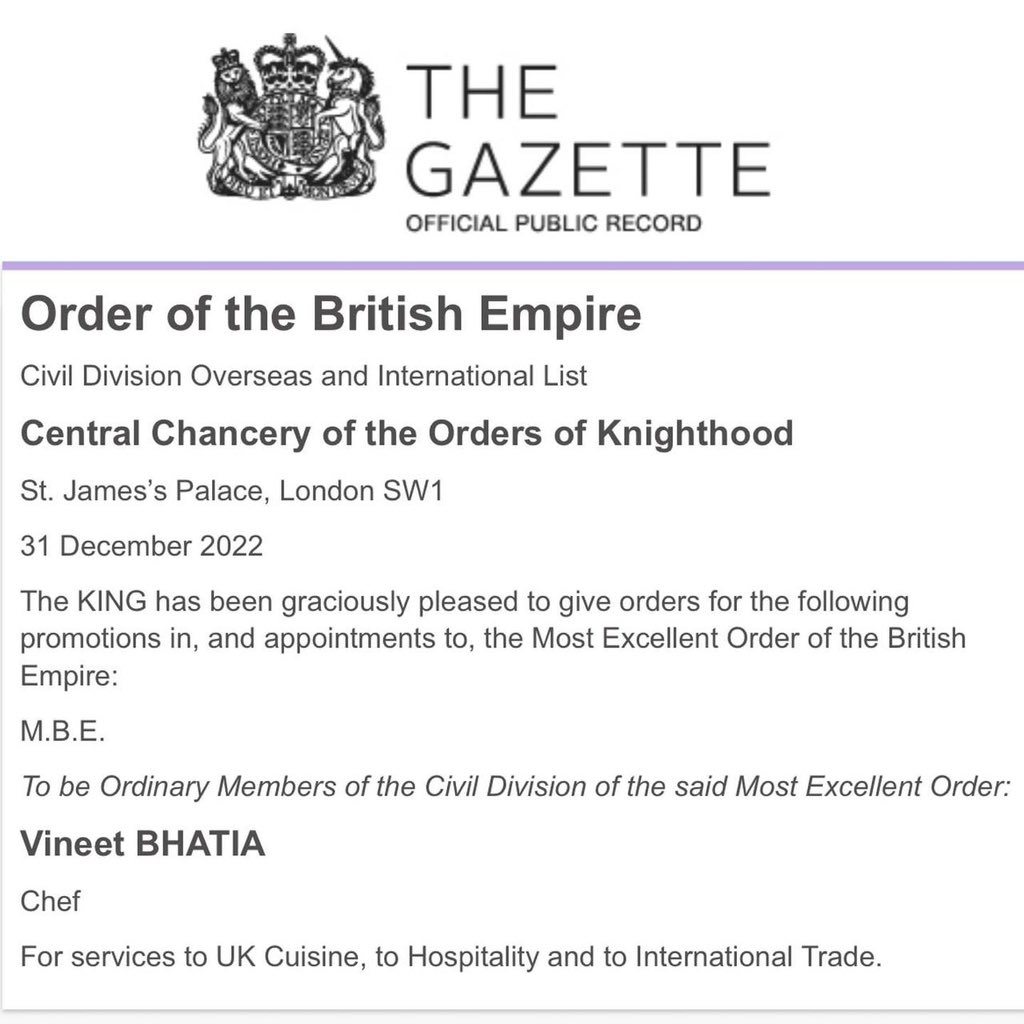
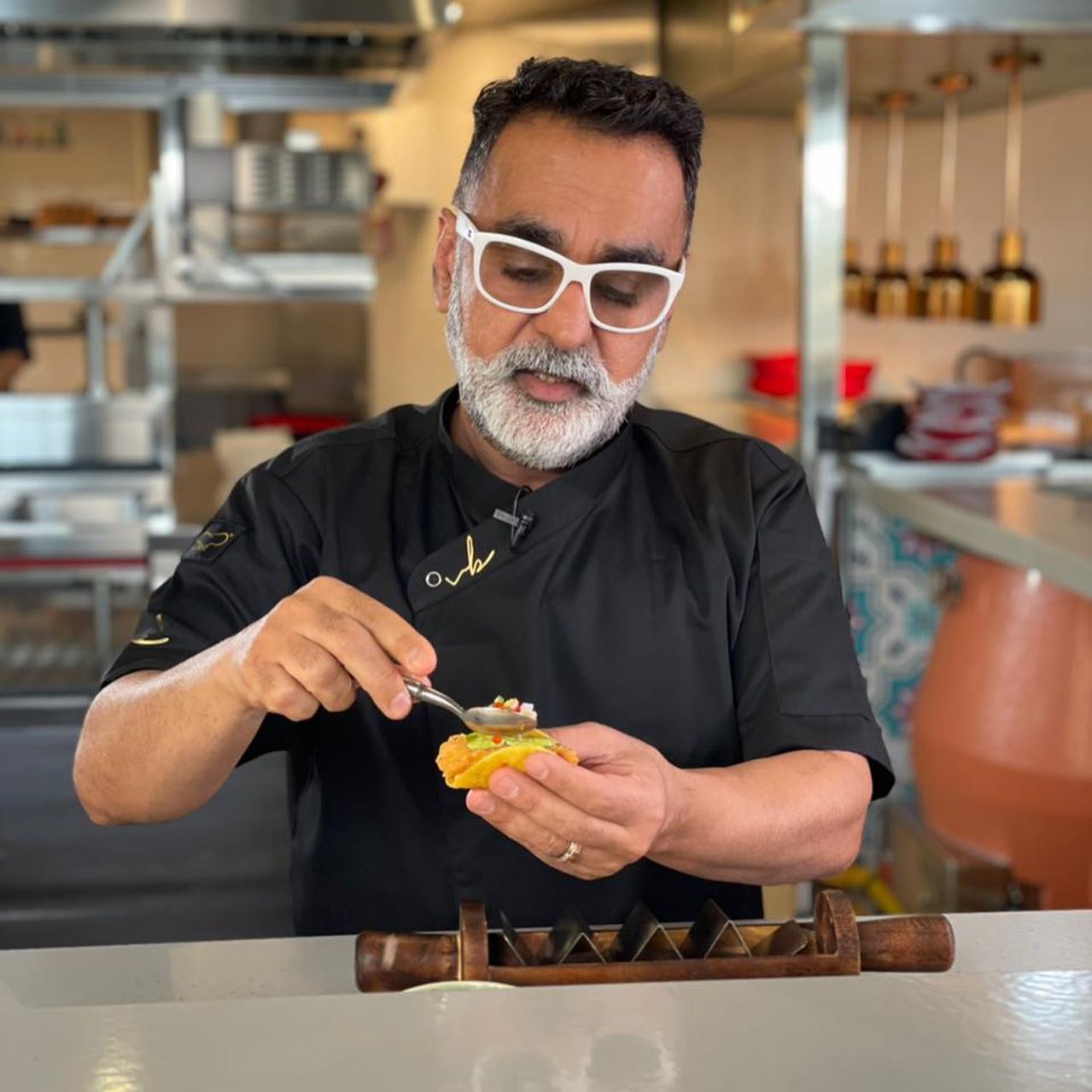 Chef Bhatia bringing Tacos to Indian Cuisine[/caption]
Chef Bhatia bringing Tacos to Indian Cuisine[/caption]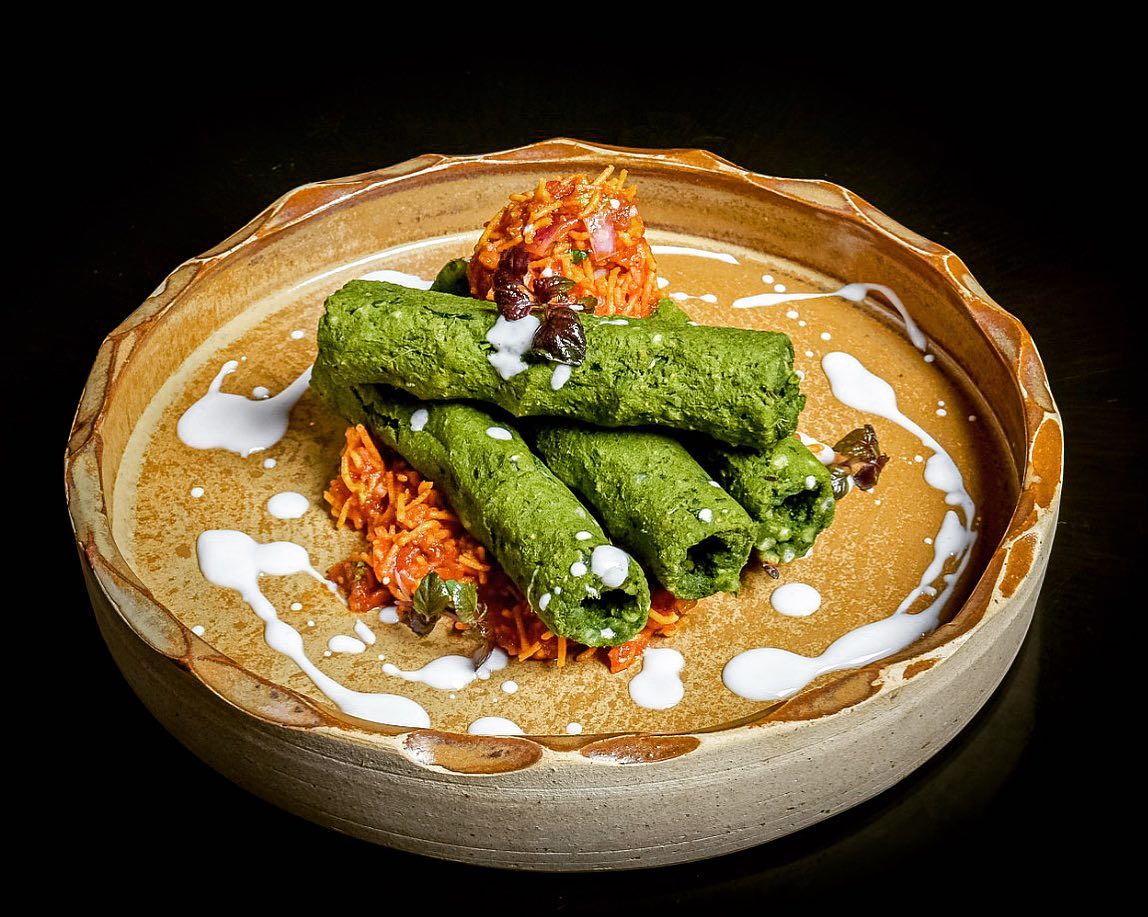 Chef Bhatia's pistachio chicken seekh kabab[/caption]
Chef Bhatia's pistachio chicken seekh kabab[/caption]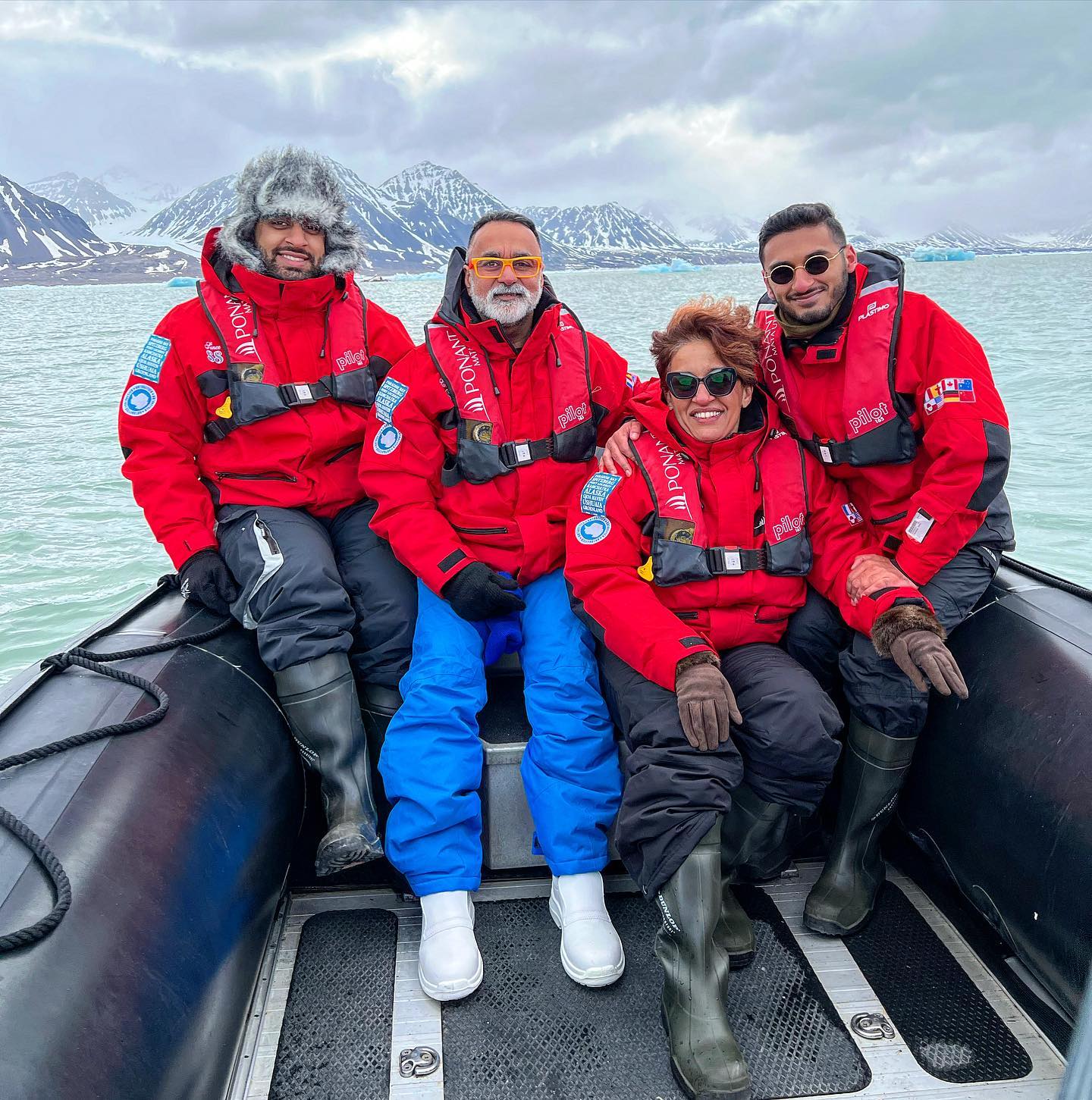 Chef Bhatia with his family[/caption]
Chef Bhatia with his family[/caption] Vineet Bhatia believes in working with local ingredients with nuanced Indian techniques[/caption]
Vineet Bhatia believes in working with local ingredients with nuanced Indian techniques[/caption]
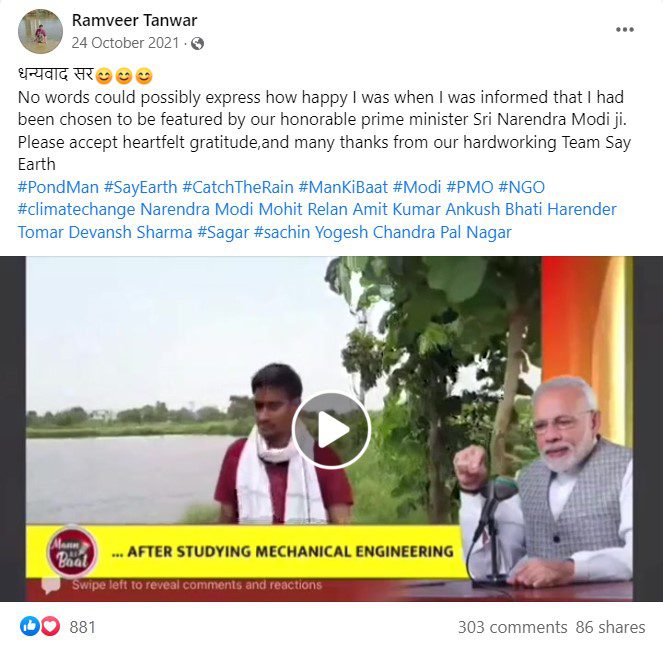
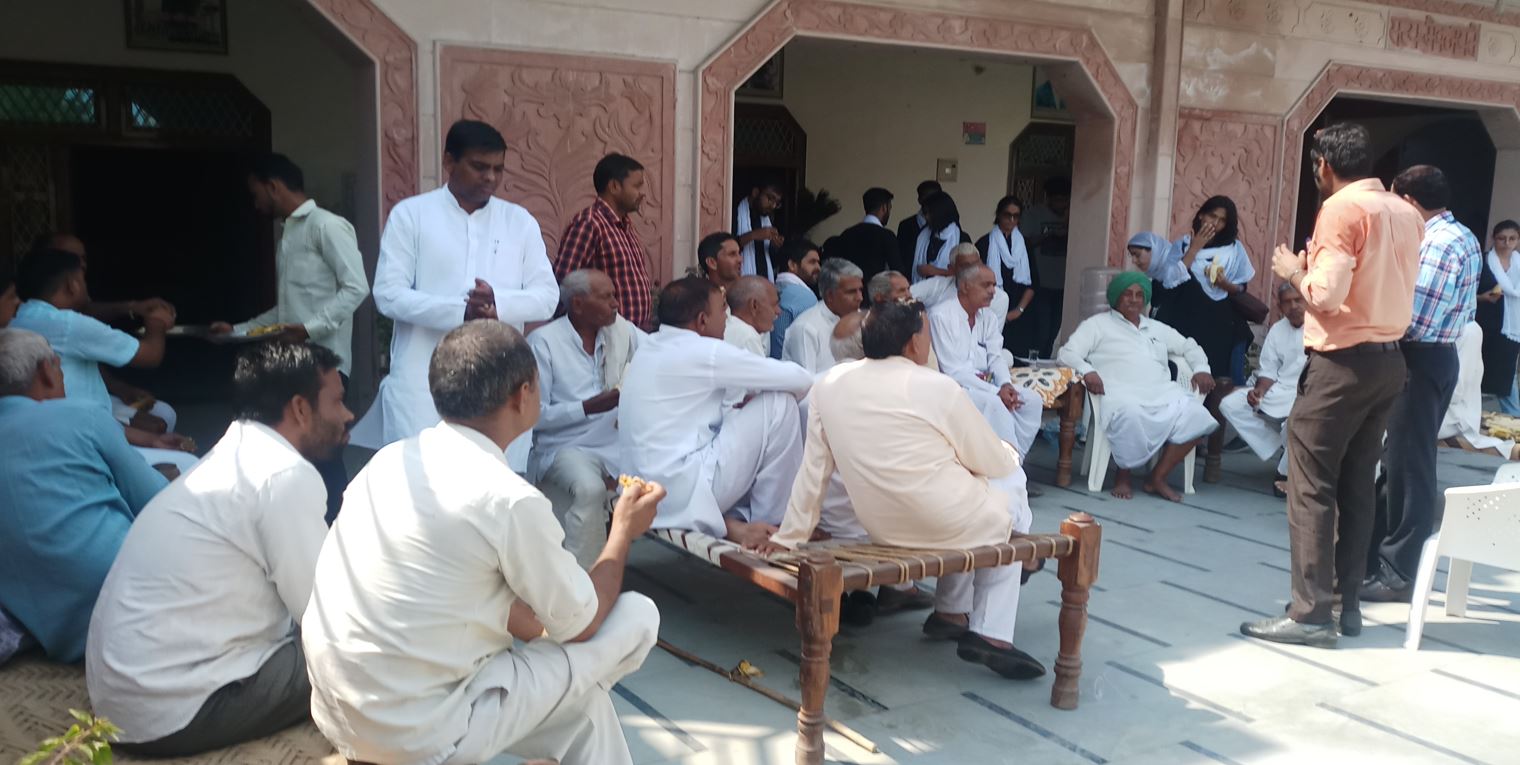 Jal Chaupal - Water Meetings initiated by Ramveer Tanwar[/caption]
Jal Chaupal - Water Meetings initiated by Ramveer Tanwar[/caption]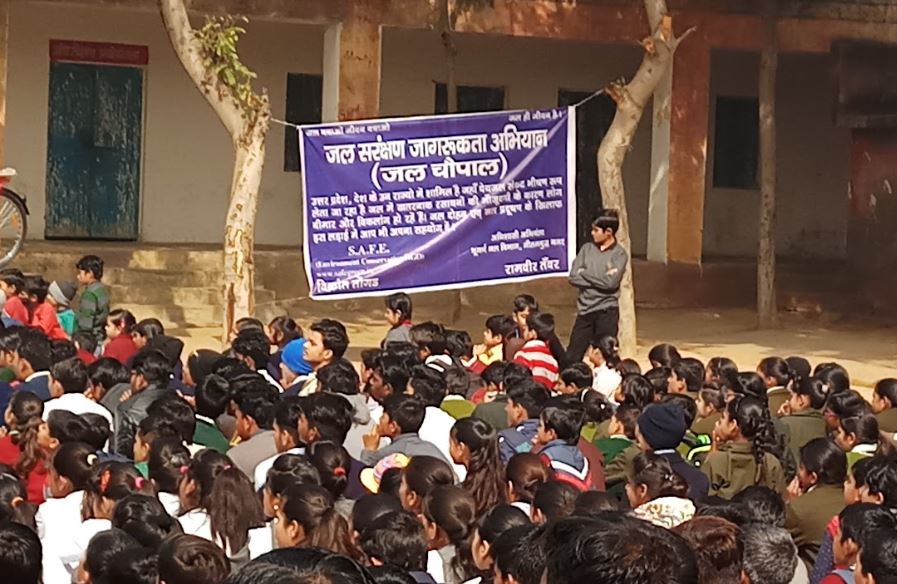 Little Warriors[/caption]
Little Warriors[/caption]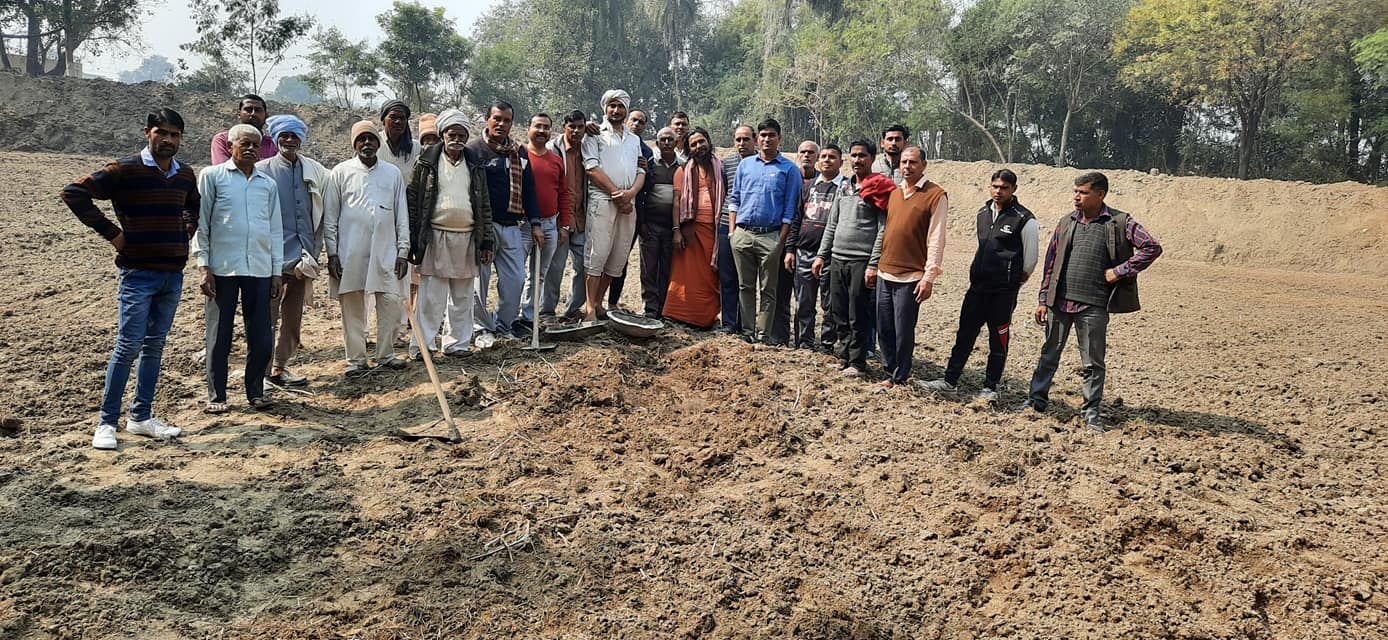 Villagers in support[/caption]
Villagers in support[/caption]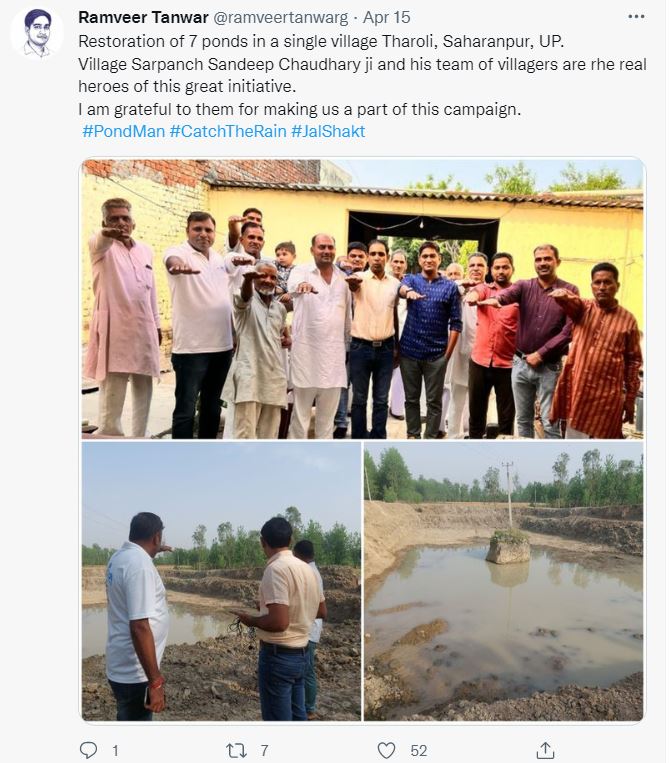
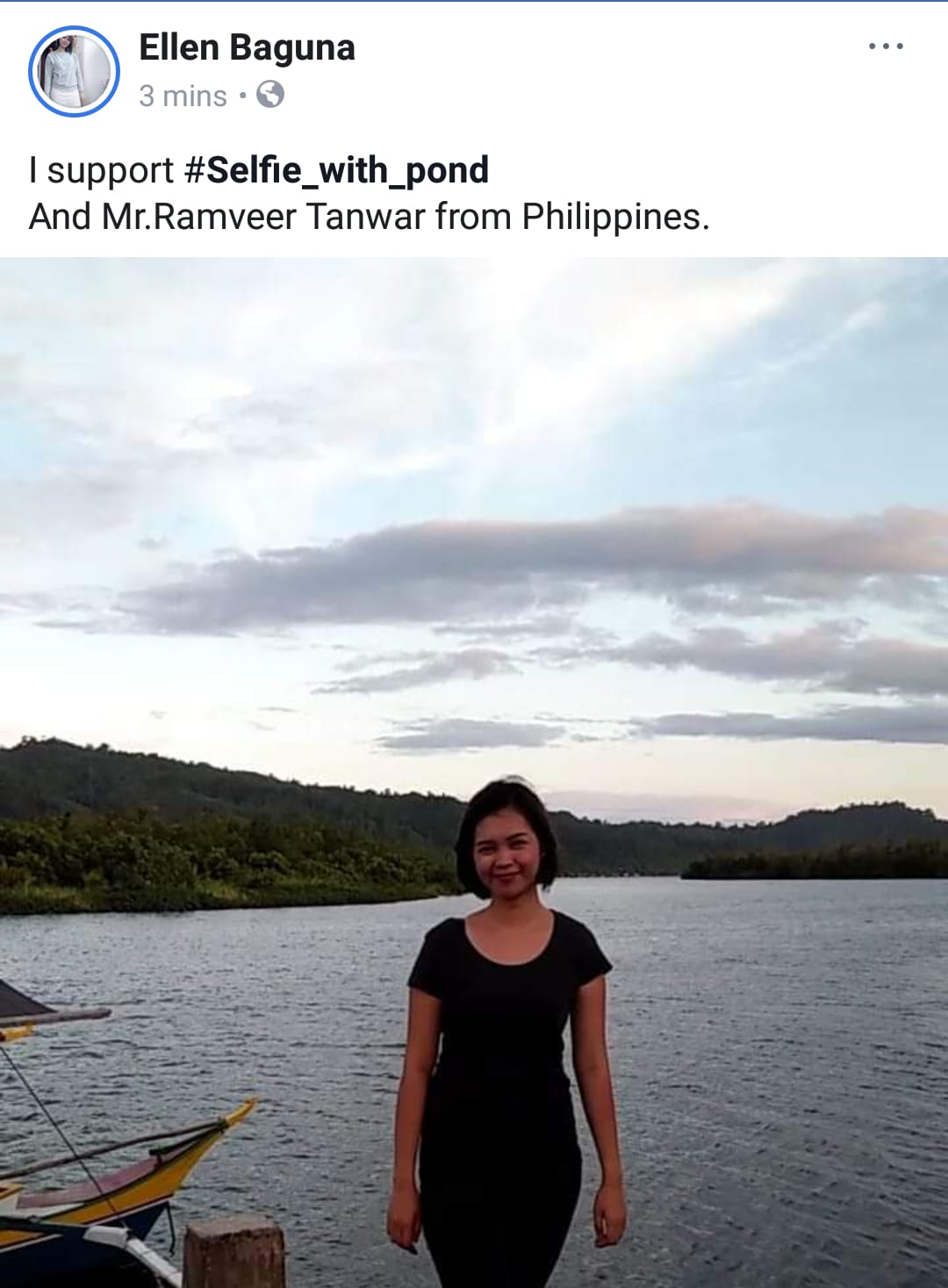
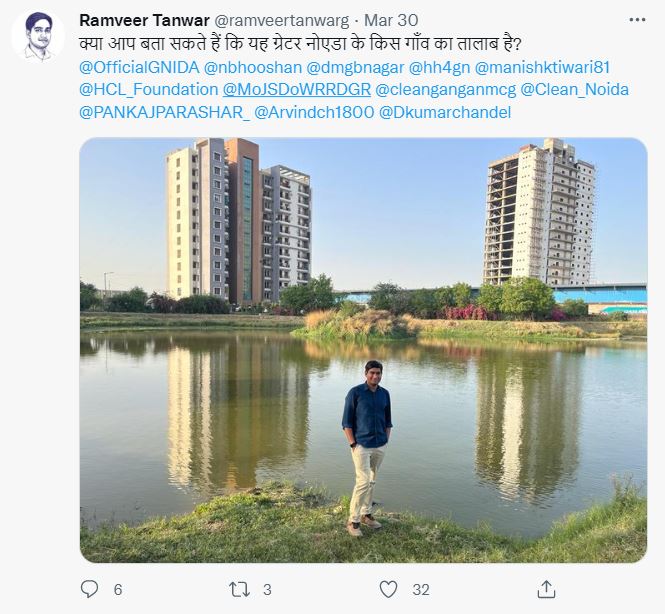
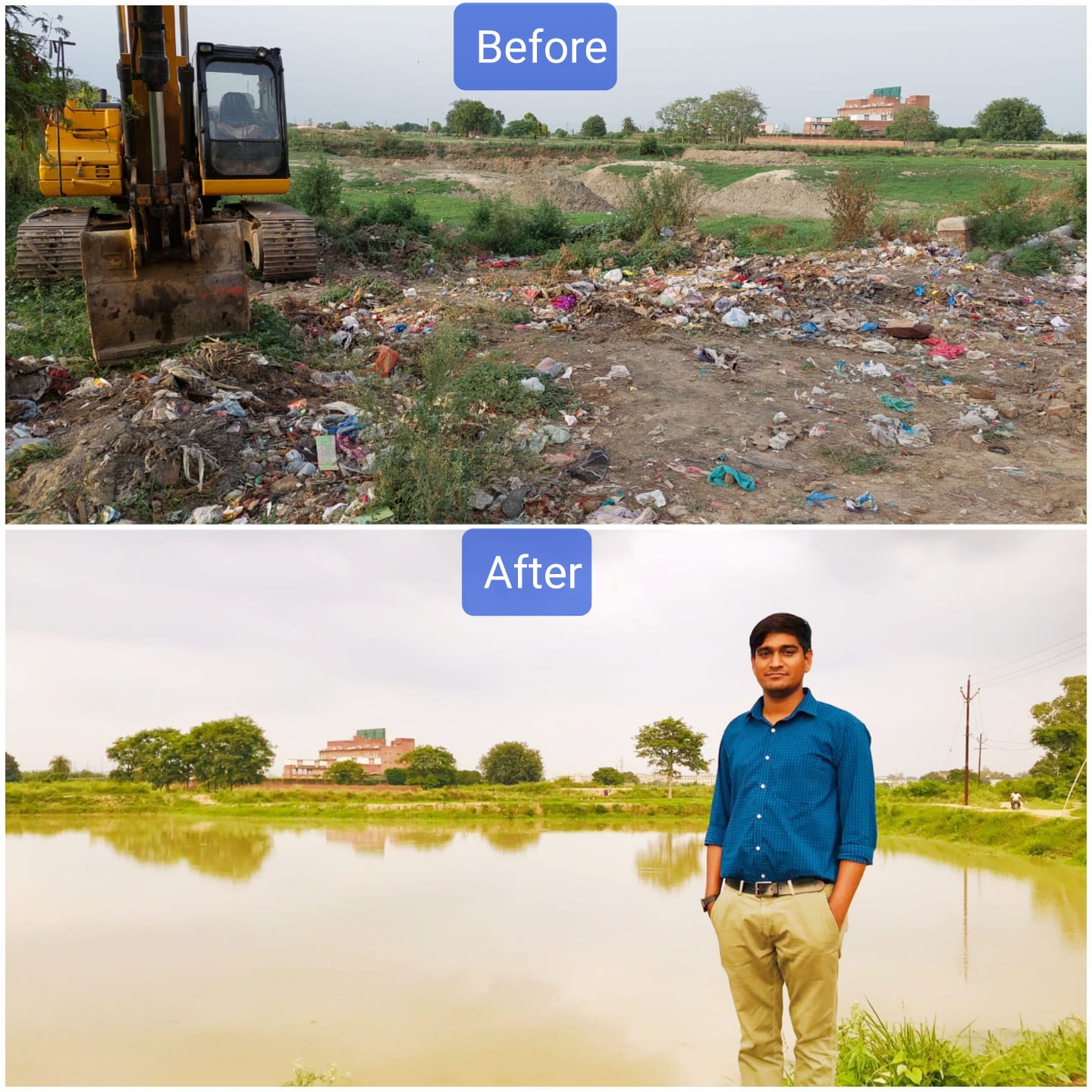 What-a-difference![/caption]
What-a-difference![/caption]